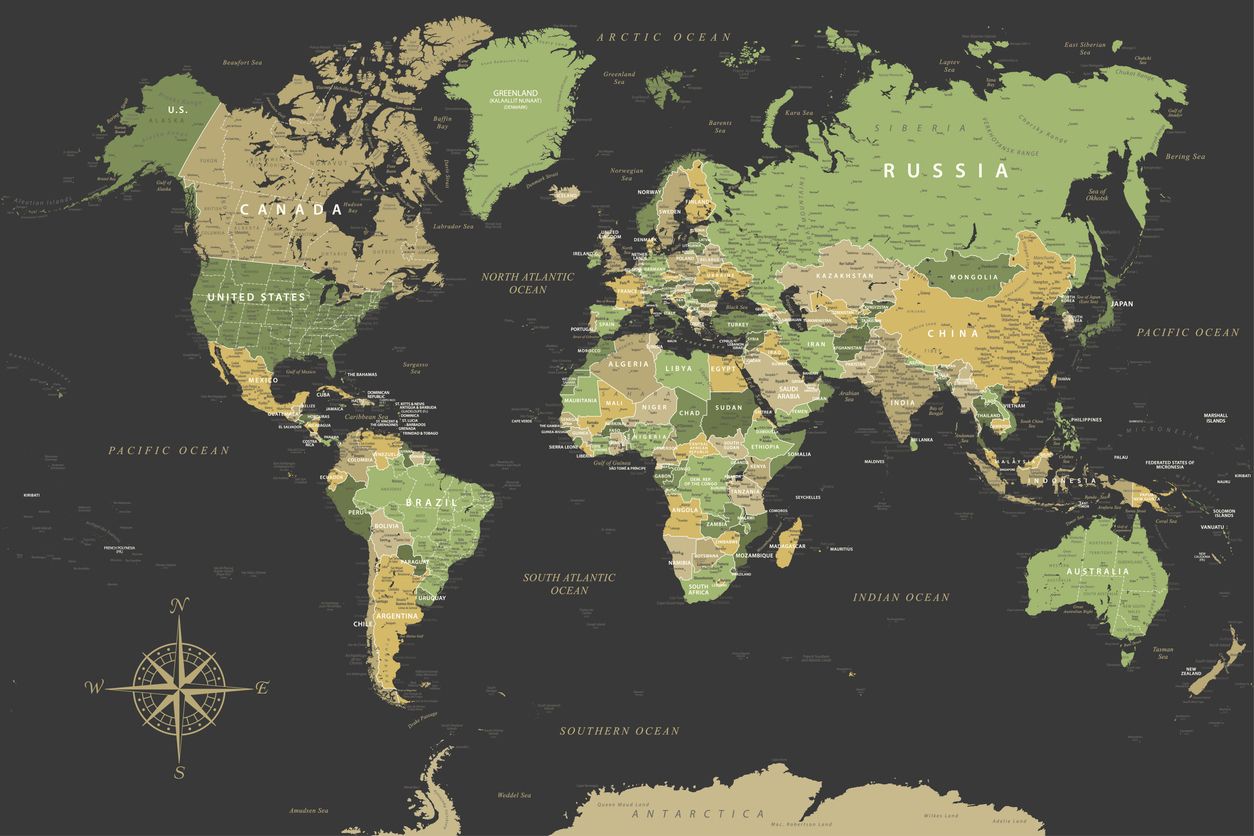
 Priyesh Ghamandi
Priyesh Ghamandi
In today’s global economy, businesses must address the unique demands of customers across diverse regions. The Geographical Pricing Strategy enables companies to tailor prices based on location, ensuring competitiveness and profitability. In this blog, we’ll discuss what geographical pricing strategy is, share real-world examples, outline guidelines for developing such a strategy, and highlight its benefits.
A Geographical Pricing Strategy involves adjusting the prices of goods or services based on the location of the customers. This approach considers various factors, including:
By leveraging geographical pricing, businesses can optimize market entry, retain customers, and maximize profits in diverse regions.
Creating a robust geographical pricing strategy involves a mix of market research, financial planning, and dynamic pricing technologies. Here are some guidelines to help:
The geographical pricing strategy empowers businesses by:
Ride-sharing companies like Uber use geographical pricing to reflect demand and local economic conditions. Fares are higher in cities with greater demand or higher operational costs and lower in smaller towns.
Pharmaceutical firms often price medications differently depending on the region. For instance, life-saving drugs are priced more affordably in developing countries compared to developed nations to ensure accessibility.
Apps like DoorDash and Swiggy charge varying delivery fees based on location. Urban areas with dense delivery networks often have lower fees than rural or remote areas.
Hospitality chains like Marriott adjust their pricing for rooms based on the location and demand. A room in a tourist hotspot will be priced higher than a similar room in a less popular area.
Car manufacturers price vehicles differently across regions based on taxes, tariffs, and consumer purchasing power. For example, luxury cars are priced significantly higher in countries with high import duties, such as India.
A well-designed Geographical Pricing Strategy is essential for businesses navigating the complexities of global markets. By tailoring prices to economic realities, logistical constraints, and competitive landscapes, companies can achieve sustainable growth and customer satisfaction.
Examples from industries like pharmaceuticals, hospitality, and ride-sharing demonstrate the versatility and effectiveness of this strategy. With thoughtful implementation and regular optimization, geographical pricing can unlock opportunities in diverse regions while maintaining profitability.
If you’re ready to harness the power of geographical pricing, follow the guidelines above to create a strategy that aligns with your business goals and market needs. Tailor your offerings to meet global demands while delivering value to every customer, no matter where they are.
Unlock the power of location-based pricing and grow your global reach.
Learn how to grow your business with our expert advice.

 Priyesh Ghamandi
Priyesh Ghamandi
 Shweta Rathod
Shweta Rathod
 Priyesh Ghamandi
Priyesh Ghamandi